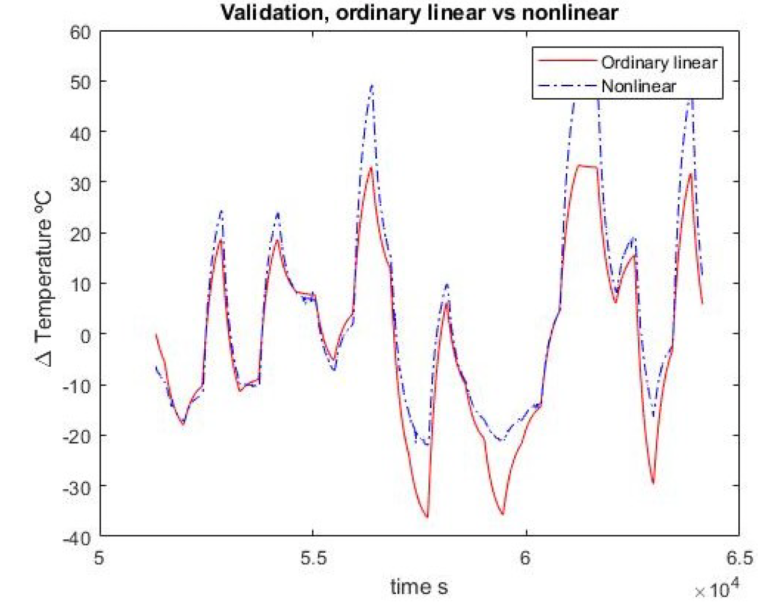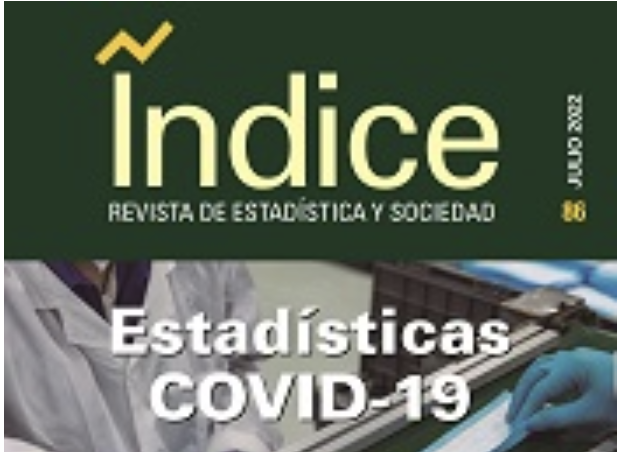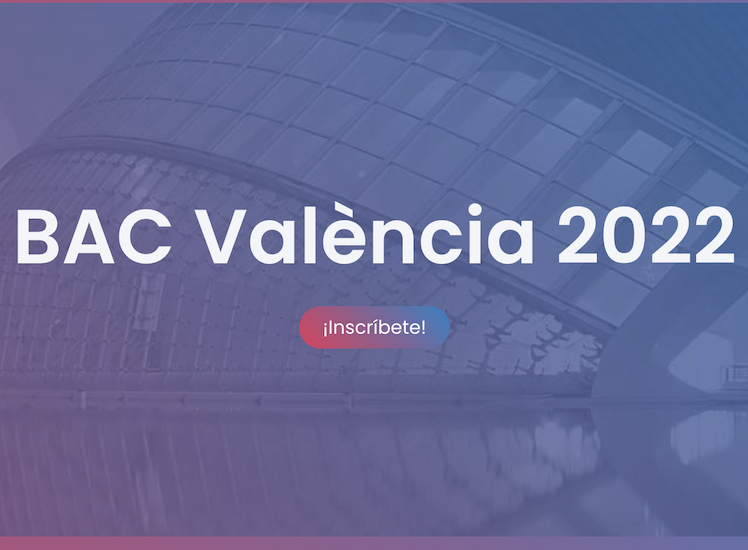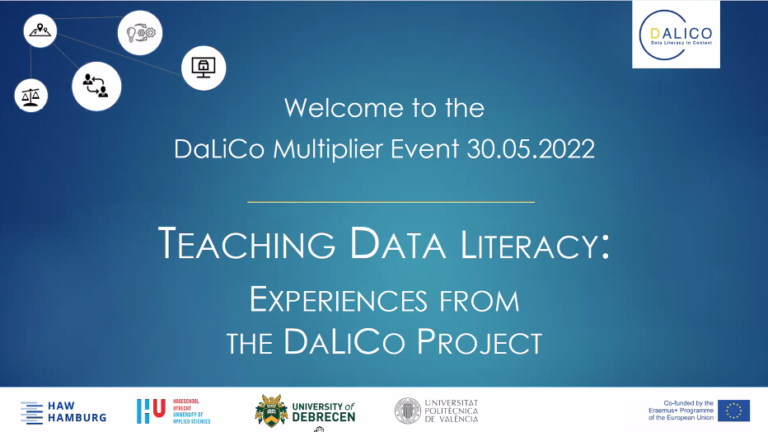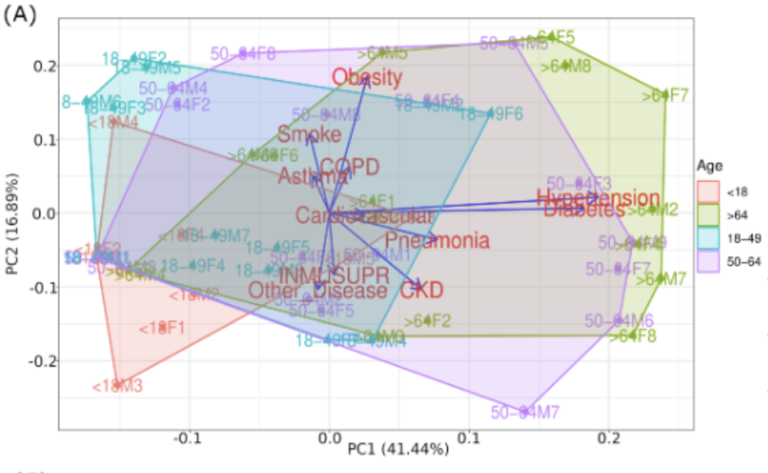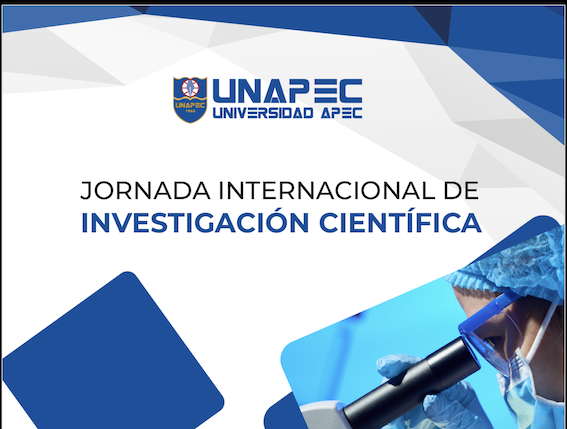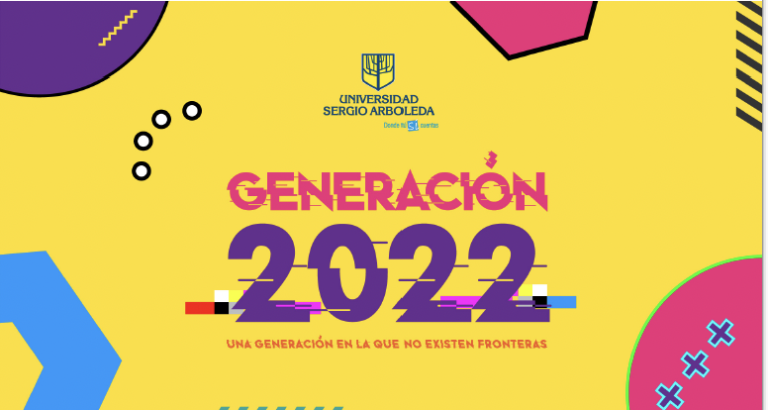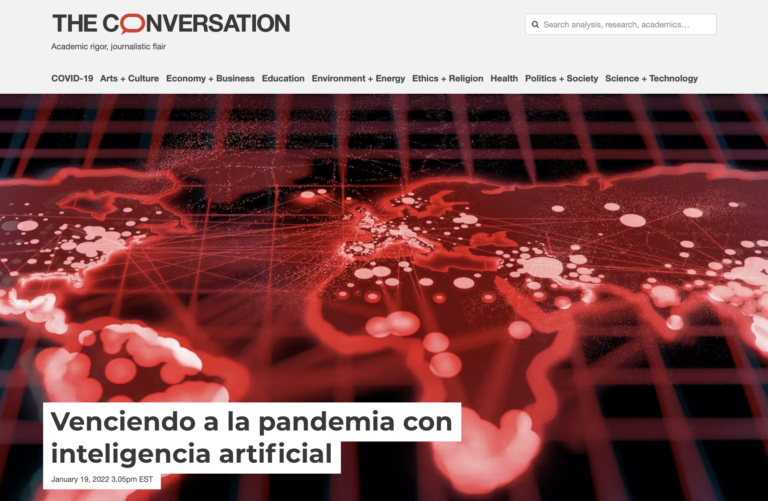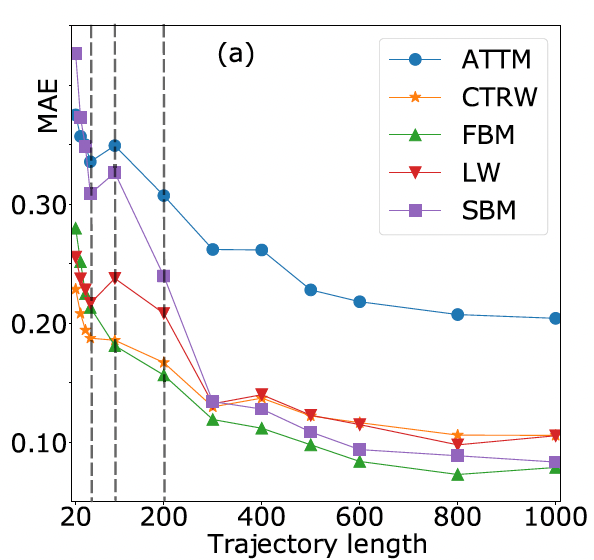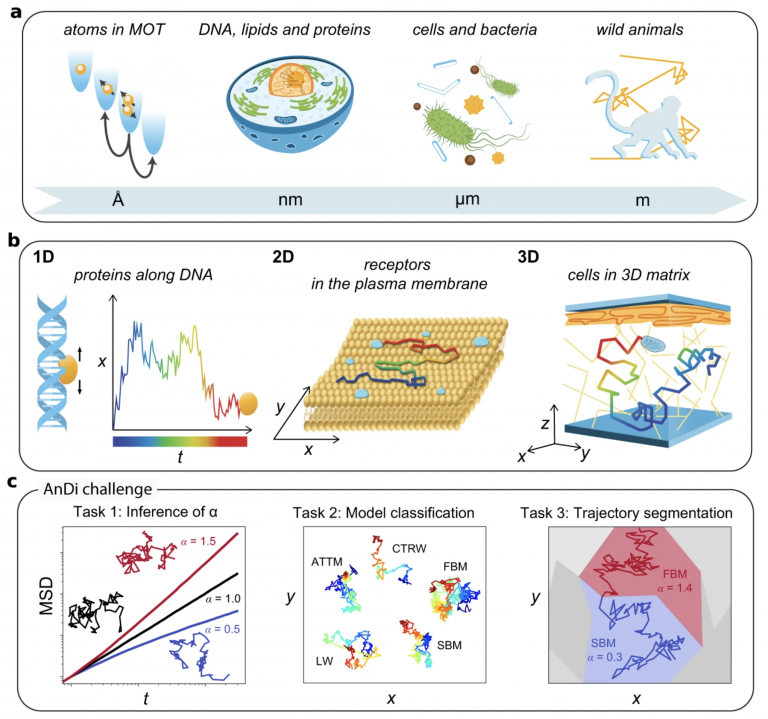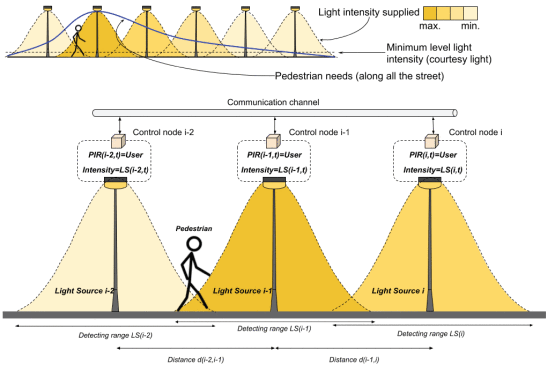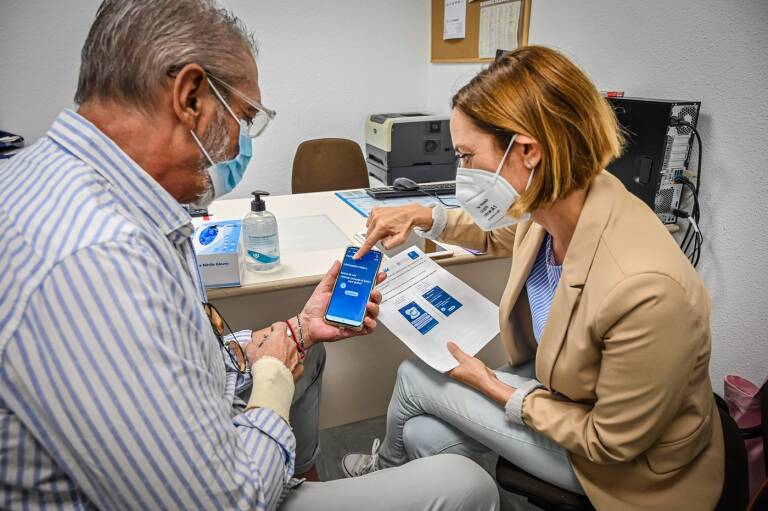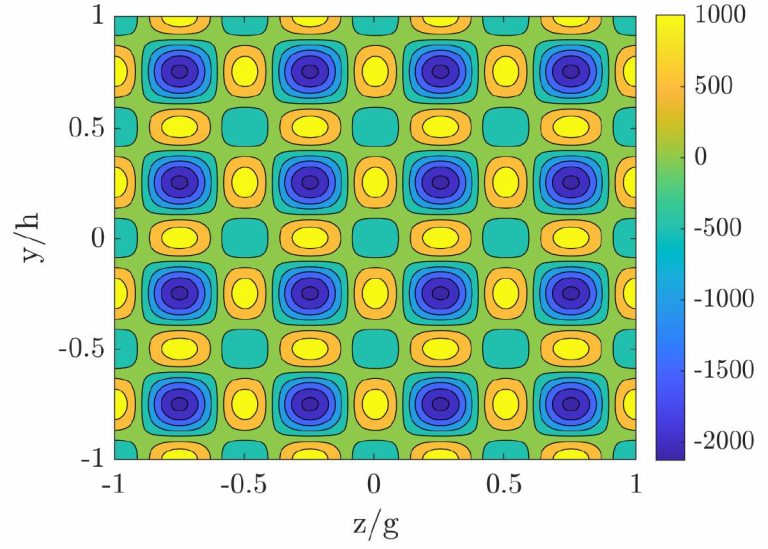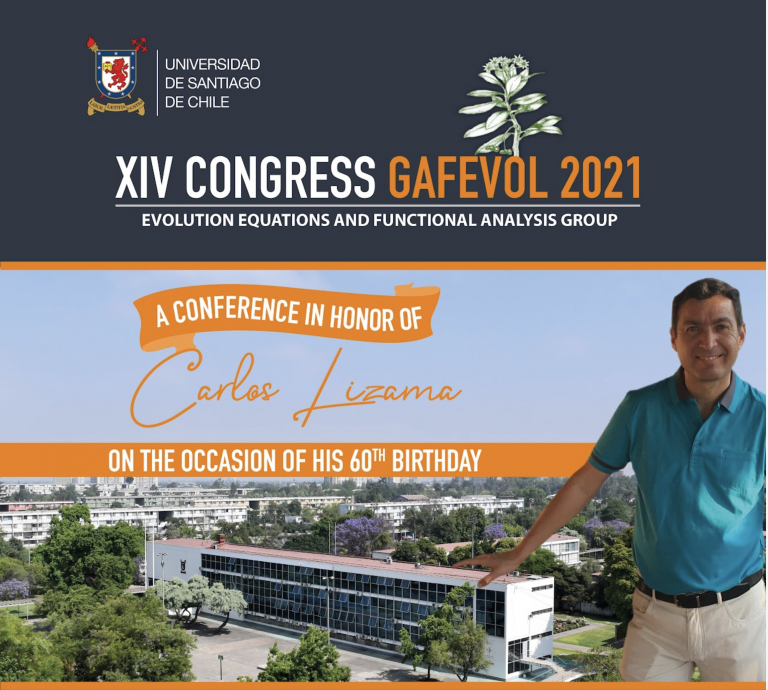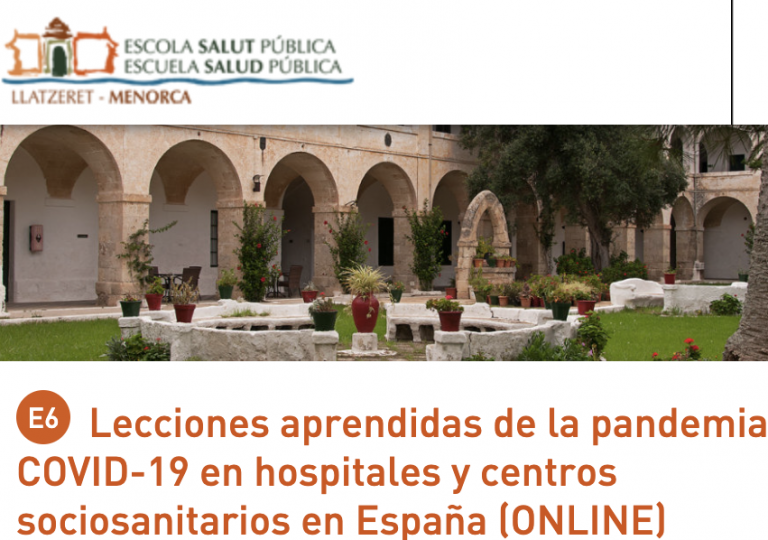In mathematics, a dynamical system is a system in which a function describes the time dependence of a point in a geometrical space. There are many examples of this, including the very famous mathematical model describing the swinging of a clock pendulum, which started with Galileo’s research in 1602, and the famous three-dimensional Lorenz attractor, which provided the earliest example of chaos in a dynamical system in the early 1960s.
In this paper, we are interested in innovating by employing a different approach to teaching dynamical systems. Towards that end, we propose the use of the “not that typical” car-following models. Our concern here is to study the dynamics of the continuous dynamical system that represents the behavior of cars driving on a road when considering some classical car-following models, such as the Quick thinking Driver and Near Nearest models. More concretely, we determine their equilibria and stability in terms of the parameters involved in the models. Moreover, we illustrate the outcome with numerical solutions.
You can have access to the content here.
J. Alberto Conejero, Marina Murillo-Arcila, Jesús M. Seoane & Juan B. Seoane-Sepúlveda (2022): When Does Chaos Appear While Driving? Learning Dynamical Systems Via Car-Following Models, Mathematics Magazine, DOI: 10.1080/0025570X.2022.2092382


